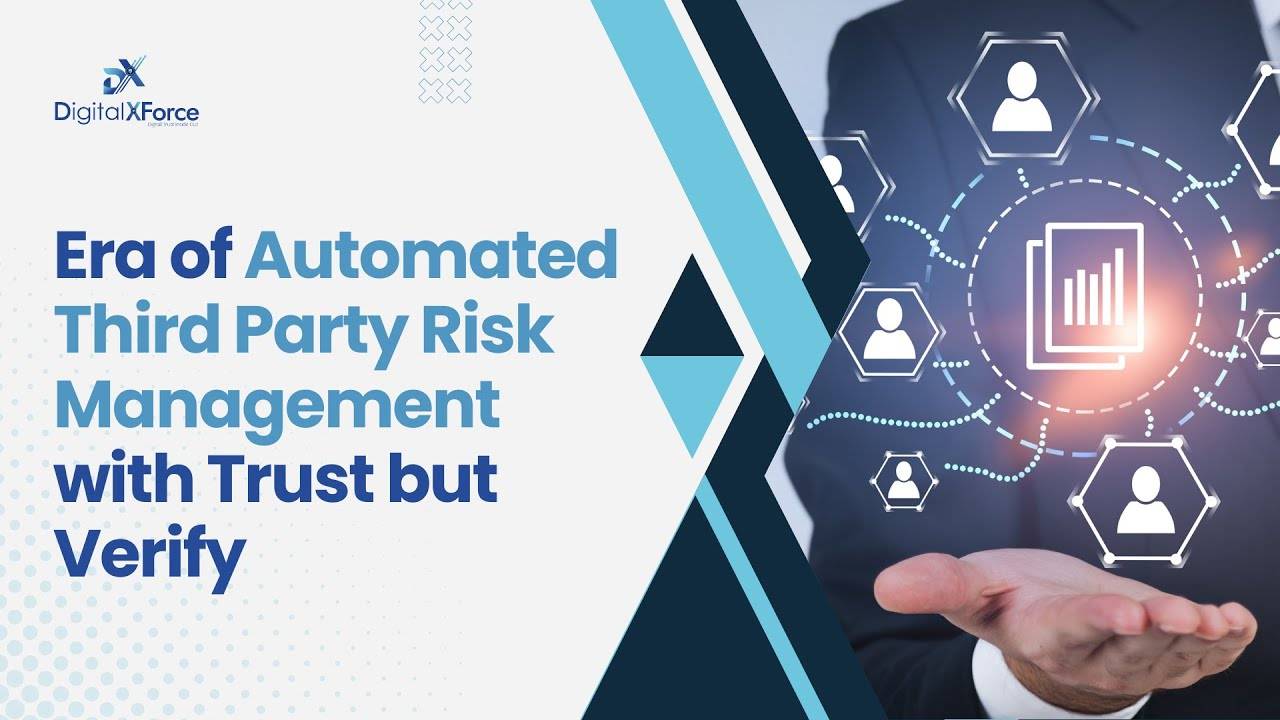Lalit Ahluwalia is committed to redefine the future of Cybersecurity with a “T-Trust” tenet. Here, Lalit takes a critical look at the often ignored subject of Shiny Object Syndrome (SOS) in Cybersecurity.
In a world where cybersecurity is more important than ever, businesses must be aware of the risks posed by Shiny Object Syndrome (SOS). SOS is a dangerous phenomenon that can lead to the misallocation of resources and the neglect of potential vulnerabilities. However, this deeply rooted menace in the cybersecurity community is often overlooked.
This article explores the causes and potential risks of SOS, as well as strategies and best practices for mitigating these risks.
Understanding Shiny Object Syndrome
Shiny Object Syndrome (SOS) is a phenomenon where businesses struggle to prioritize their resources and become easily distracted by the latest flashy technologies, instead of addressing potential vulnerabilities in their security infrastructures. This syndrome occurs when organizations are captivated by the newest trends or products in cybersecurity, without considering if these solutions are actually beneficial for them.
Consequently, this leads to a waste of time and money on ineffective tools that do not offer any real protection. SOS can be dangerous as it can cause misallocation of funds and leave organizations more vulnerable to cyberattacks. For example, some organizations may be tempted to invest in expensive services such as advanced malware protection systems without analyzing whether this would truly benefit them – only for these services to later prove useless against an existing or emerging threat.
Furthermore, even when shiny objects like these provide some value, they often create further complexities which require additional investments or IT support – resulting in increased costs for updating IT infrastructure or training personnel while potentially leaving security gaps unaddressed.
Addressing the Cyber Risks of Shiny Object Syndrome
Shiny Object Syndrome can present a number of risks to businesses, including data breach, financial loss, compromised brand reputation, increased attack surface area and regulatory non-compliance. Let’s address these risks:
– Data breaches caused by SOS can lead to the exposure of confidential information or intellectual property as well as serious repercussions for the affected organization.
– Financial losses resulting from wasted resources on ineffective solutions can also be substantial and have long-term consequences for an organization’s bottom line.
– Digital “distrust” – additionally, customers may lose trust in a company if it is unable to ensure their data is safe – leading to a damaged brand reputation that may take years to repair. – Furthermore, shiny object syndrome increases an organization’s attack surface area – making them more vulnerable to cyberattacks due to gaps left unattended in security infrastructure.
– Lastly, companies who do not comply with industry regulations due to a focus on flashy new technologies risk significant penalties or even legal action against them.
The Impact of Shiny Object Syndrome on Cybersecurity
The impact of Shiny Object Syndrome on cybersecurity can be substantial, as organizations that are distracted by flashy new solutions may neglect potential vulnerabilities. This can lead to a greater attack surface area and an increased risk of data breaches or financial losses.
Additionally, organizations that are drawn in by the latest trends may find themselves unable to maintain compliance with industry regulations due to gaps left unattended in their security infrastructure. SOS also presents challenges for security teams who must identify and address existing threats while also evaluating new technologies for their value and compatibility with existing systems.
Ignoring these risks can put your business at a higher risk of cyberattacks such as phishing scams, ransomware attacks, malicious software injections, and more – all enabled by the misallocation of resources caused by Shiny Object Syndrome.
A Critical Cost Evaluation of Shiny Object Syndrome
CIO Dive reported recently that most CIOs are lured by emerging technology – not the results a cybersecurity product can deliver. What an irony! According to another recent report by Gartner Forecasts, ”The global IT spending is expected to increase by 2.4% this year, reaching $4.5 trillion.”
Evaluating the financial impact of Shiny Object Syndrome is essential to protect digital assets and investments. Organizations must assess the costs associated with implementing new cybersecurity solutions, as well as estimate potential cost savings from reducing SOS. Additionally, calculating a return on investment (ROI) for mitigating SOS in order to evaluate its long-term benefits will help organizations make better security decisions without breaking the bank.
Furthermore, organizations must consider the risk versus reward when combating this syndrome; while investing resources into addressing it can provide substantial value in terms of improved security infrastructure and compliance with industry regulations, failing to do so could lead to serious repercussions such as data breaches or financial losses.
Unveiling the Best Practices for Mitigating SOS
Adopting a proactive approach to cybersecurity is essential for avoiding Shiny Object Syndrome. As an organization looking to strengthen your security posture, start by assessing the benefits and drawbacks of technology switching, as well as investing in security software and training that can help minimize risk.
Additionally, establishing a compliance framework for cybersecurity practices in order to stay up-to-date with industry regulations while also keeping systems secure against potential threats. Monitoring network activity for anomalies is also important, as it allows organizations to detect intrusions or malicious activities early on and take appropriate action.
And finally, evaluating vendor services regularly to identify any gaps or weaknesses that may have been overlooked due to shiny objects. By following these best practices, organizations stand a better chance to protect themselves from the risks posed by SOS and ensure the strength of their digital defenses.
DigitalXForce – A Standard Solution to SOS
DigitalXForce offers a cost-effective and comprehensive suite of cybersecurity solutions that can help businesses to mitigate SOS risks and boost overall security posture without breaking the bank.
Our DigitalX solutions powered by AI JedAi (XForce GPT) provide insights that expose the impact of SOS on organizations’ security infrastructure, and also offer strategies to mitigate cybersecurity risks. Thus, enabling organizations to focus on the strategies that truly matter for long-term success and sustainable growth.
By equipping businesses with the right tools to navigate the dynamic digital landscape and adopting best practices specifically tailored to each organization’s needs, DigitalXForce also helps businesses stay compliant with global industry regulations.
Conclusion: Strengthening Cybersecurity with SOS Awareness
Addressing Shiny Object Syndrome is essential for protecting digital assets and investments. With a better understanding of SOS and the resources to address it, businesses can strengthen their cybersecurity posture and create an effective defense against cyberattacks.
By encouraging a proactive approach to security, organizations can minimize the risk posed by shiny object syndrome. DigitalXForce stands as a cutting-edge solution that enable organizations to understand and address SOS risks.
DigitalXForce offers comprehensive solutions tailored to meet your organization’s needs – enabling you to identify any gaps or weaknesses caused by SOS and take appropriate action. Utilizing DigitalXForce solutions as part of a robust cybersecurity program will help to mitigate risks and reduce potential threats posed by this syndrome.
Related Articles



